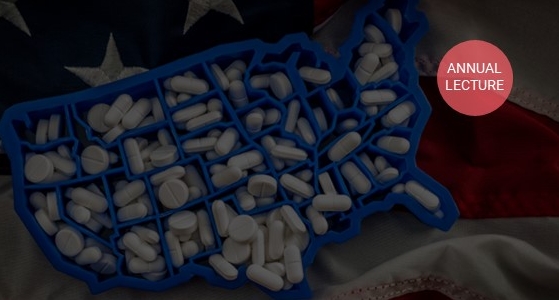In 2017 more than 70,000 people in the U.S. died of drug overdoses. Opioids were implicated in an estimated 68% of those deaths. The U.S. response to the crisis has been multifaceted, including efforts aimed at prevention, treatment and harm reduction. The policy response in the form of spending patterns, regulation, and law enforcement has been heterogeneous in focus, uneven in intensity, and likely to require years of continued commitment to contain the epidemic.
In 2017 more than 70,000 people in the U.S. died of drug overdoses. Opioids were implicated in an estimated 68% of those deaths. The U.S. response to the crisis has been multifaceted, including efforts aimed at prevention, treatment and harm reduction. The policy response in the form of spending patterns, regulation, and law enforcement has been heterogeneous in focus, uneven in intensity, and likely to require years of continued commitment to contain the epidemic.
In this lecture, Richard G. Frank, PhD, will focus on two dimensions of the U.S. response- treatment and harm reduction- placed into the larger context of the American opioid epidemic. He will review tools available to federal and state governments for promoting treatment and harm reduction. In particular, he will direct attention to economic and regulatory policy and review how they have been deployed. This will include efforts grounded in the health sector, the law enforcement system, and human services. The discussion will conclude with some suggestions for additional high-impact policy measures that federal and state governments could adopt.
